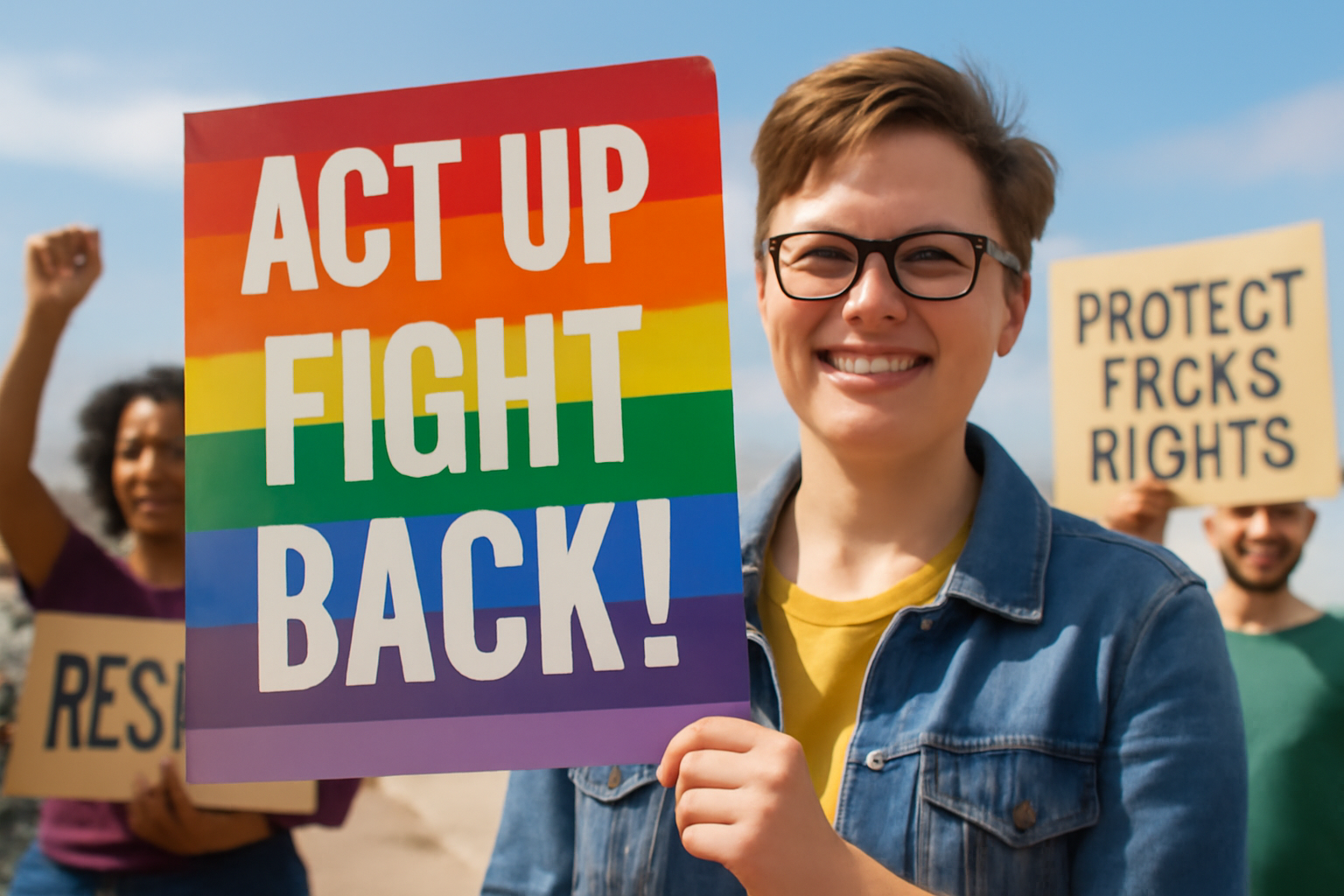
In today’s society, political landscapes are shifting dramatically. Countries traditionally seen as bastions of liberal democracy, such as France, Germany, and the United States, are experiencing a rightward shift that challenges the fundamental principles of social justice and democracy. This article serves as a guide for activists and concerned citizens on how to effectively engage in civil resistance and activism in these trying times.
Understanding the Political Climate
Many individuals committed to democratic values find themselves disheartened by the recent political changes, especially in the United States. The apparent resurgence of conservative ideologies highlights deeply rooted societal issues, such as racial and economic inequalities. Rather than being a surprise, these shifts underscore long-standing historical tensions that must be addressed head-on through organized action and civil resistance.
The Role of Social Movements
Social movements have played a pivotal role in shaping society and achieving social justice. These movements typically arise in response to perceived injustices and aim to bring about significant changes in political, economic, or cultural systems. Understanding the types and stages of social movements can empower activists to organize effectively.
Social movements often fall into one of several categories:
- Reform movements: These seek to implement specific changes within existing structures.
- Revolutionary movements: These aim to completely overthrow existing systems and establish new ones.
- Reactionary movements: These oppose changes and seek to maintain or return to previous social norms.
- Self-help movements: These focus on individual improvement.
- Religious movements: These promote spiritual beliefs and often seek to convert others.
Understanding the lifecycle of a social movement—emergence, coalescence, bureaucratization, and decline—provides insights into how movements grow and how they can be sustained over time.
Non-Violent Civil Disobedience
Civil disobedience involves knowingly violating laws perceived as unjust to highlight their inequities. Dr. Martin Luther King Jr. famously argued that civil disobedience demonstrates respect for law by appealing to the conscience of society to rectify injustices. Non-violent resistance has been shown to be more successful than violent campaigns in achieving lasting change.
Research by political analyst Erica Chenoweth highlights that non-violent campaigns are twice as likely to succeed as violent ones. Chenoweth’s studies reveal that mobilizing just a small percentage of the population in sustained non-violent action can lead to significant political changes, underscoring the power of peaceful resistance.
Building Coalitions Across Identities
Effective activism often involves forming coalitions across different identity groups, recognizing the interconnectedness of various forms of oppression. Activists are increasingly uniting based on shared values and goals, transcending individual identities to challenge systemic inequities rooted in gender, race, and socioeconomic status.
By collaborating, activists can address the multifaceted nature of oppression, likened to a wheel with many spokes. Dismantling one spoke is insufficient; it’s crucial to address the entire structure to achieve meaningful change.
Strategies for Effective Activism
Engaging in civil resistance and activism requires strategic planning and sustained effort. Here are some practical steps:
- Donate to and volunteer with organizations committed to social change, such as the ACLU, Southern Poverty Law Center, and various human rights groups.
- Participate in local and national protests to voice opposition to unjust policies.
- Engage in non-violent civil disobedience training to prepare for effective action.
- Support and elect progressive political candidates at all levels of government.
- Foster community support by making local spaces sanctuaries for marginalized groups, such as undocumented immigrants.
- Stay informed and educate others about critical issues through writing, discussion groups, and public forums.
- Balance activism with self-care to prevent burnout; prioritize rest and connection with loved ones.
As activists, the journey toward social justice is ongoing and requires persistence, creativity, and solidarity. By working together and employing a variety of strategies, we can push back against regressive forces and continue to strive for a more equitable world.
Remember the words of Edmund Burke: "The only thing necessary for the triumph of evil is for good people to do nothing." And let Margaret Mead’s words inspire your actions: "Never doubt that a small group of thoughtful, committed citizens can change the world; indeed, it’s the only thing that ever has."
Related Posts
Trump Inaugurated as 47th President Amid Concerns for LGBTQ+ Community
Donald Trump has been sworn in as President once again, marking his second term as America's 47th leader. This significant event in U.S. politics promises profound impacts, especially concerning LGBTQ+ rights. Taking office: promises and challenges Amidst a harsh winter storm, Trump took his oath indoors at U.S. Capitol on January 20. Alongside him, Vice-President JD Vance also stepped up, both [...]
Daniel Craig's "Queer" Overlooked by BAFTA: A Surprising Omission
Daniel Craig's film, Queer, snubbed by BAFTAs despite rave reviews In a surprising twist, Daniel Craig's newest film, *Queer*, failed completely on BAFTA's nomination list this year. It's a head-scratcher, considering how critics have sung its praises and Craig delivered such a standout performance. Yet, not a single nod from BAFTA. Go figure. fans and critics baffled by BAFTA snub The exclusio [...]
Generations of LGBTQ+ Athletes: From Past Challenges to Modern Triumphs
In a captivating display that brought together voices across generations, two gay athletes from different times came together on a TV show, sharing their journeys and thoughts on LGBTQ+ representation in sports. This insightful program shed light on how inclusivity and acceptance in athletics have evolved over time. Connecting past and present: The stories behind Andrew Purchas and Davis Atkin L [...]